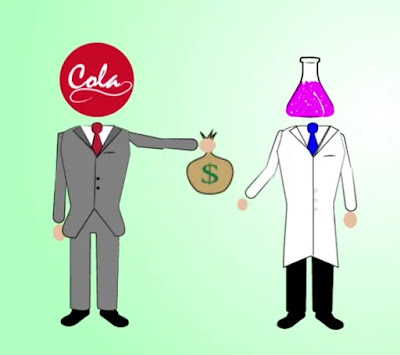The Collapse of Science: We Need a new Paradigm for the Third Millennium
I am not saying that all science is corrupt, but if images like the one above exist, it means that there is a serious problem of corruption in science. And note that it comes from “Scientific American” — not exactly your average tabloid! It may well be that Science is going the way many historical belief systems went: abandoned because they were not consistent with the needs of their times. And, as in ancient times, the decline of a system of beliefs starts with the corruption of its clerics — in this case, scientists.
If you read the “Decameron,” written by Giovanni Boccaccio in 1370, you will notice the slandering of the Christian Church as a pervasive thread. At that time, it seems that it was an obvious fact that priests, monks, and the like were corrupt people who had abandoned their ideals to fall into various sins, including avarice, gluttony, blasphemy, and carnal lust.
Boccaccio’s book would not have been possible a few centuries before, when the Christian Church still enjoyed enormous prestige. But something had changed in the European society that was gradually making the Church obsolete. It was unavoidable: ideas, just like empires, are cyclical, they grow, peak, and then decline.
Christianity had been born during the late Roman Empire when the European society had no use for the warlike ideals of ancient paganism. Christianity took over and created a system of beliefs that was compatible with a society that had no imperial ambitions. But, with the waning of the Middle Ages, Europe became rich again and the Church started to be seen as an obstacle to economic and military expansion. It would take more than a century after Boccaccio before things came to a head when Martin Luther nailed his Ninety-five Theses to the door of All Saints’ Church in Wittenberg in 1517.
…click on the above link to read the rest of the article…
